Celebrate Holi in India 2026: Exclusive Festival Tour Packages for Foreign Travelers
Every spring, as the chill of winter fades and the warmth of the sun fills the air, India transforms into a living canvas of colors,...
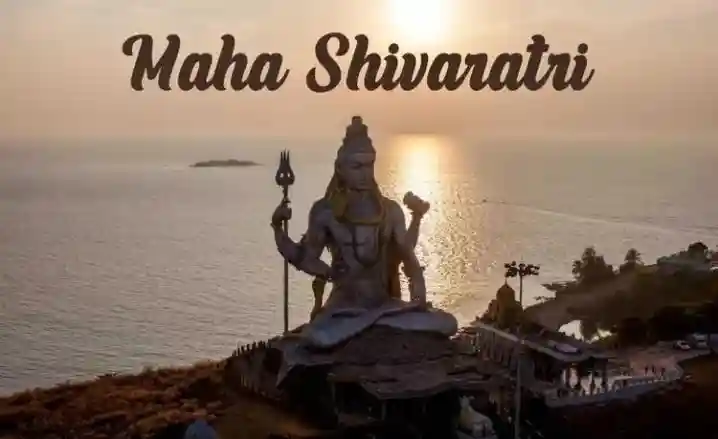
Maha Shivaratri, known as the Great Night of Shiva, holds immense spiritual significance for millions of devotees worldwide. In 2026, this auspicious festival promises another grand celebration of Lord Shiva’s divine presence. Here is everything you need to know about Maha Shivaratri 2026, including the Maha Shivaratri 2026 date, Maha Shivaratri pooja timings, rituals, and its spiritual meaning.
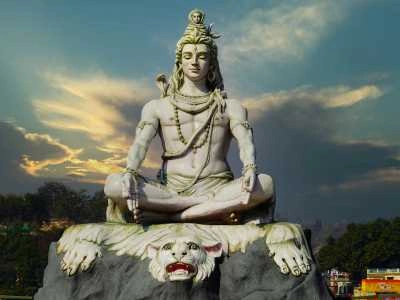
The meaning of Maha Shivratri stems from the Sanskrit words “Maha” (great), “Shiva” (the Supreme Lord), and “Ratri” (night), which together signify the “Great Night of Shiva.” This sacred night marks the union of Lord Shiva and Goddess Parvati and is believed to be the night when Lord Shiva performed the cosmic dance of creation, preservation, and destruction.
On this night, devotees fast, chant mantras like “Om Namah Shivaya,” and stay awake all night to honor Lord Shiva. The festival symbolizes overcoming darkness and ignorance in life and achieving spiritual enlightenment.
According to mythology, Maha Shivaratri also commemorates the day Lord Shiva drank the deadly poison Halahala during the Samudra Manthan to save the universe. His supreme sacrifice and cosmic dance are seen as the balance of destruction and renewal, representing the cycles of life.

In 2026, Maha Shivaratri falls on Tuesday, February 17, 2026. This date is determined based on the Krishna Paksha Chaturdashi of the Phalguna month, according to the Hindu lunar calendar.
Maha Shivaratri is celebrated not just in India but also in Nepal, Mauritius, Sri Lanka, and other countries with Hindu populations, reaffirming its global spiritual relevance.
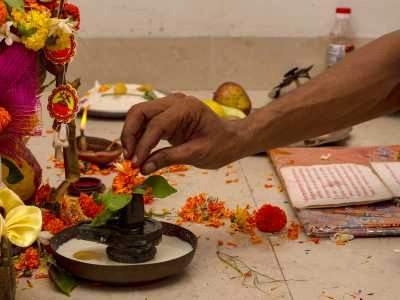
Knowing the correct Maha Shivaratri pooja timings is essential for performing rituals with utmost devotion. The major Shivratri timing for the night will be as follows:
Devotees also observe four main prahars (time periods) for Shiva Shivaratri Puja throughout the night.
These Shivaratri pooja timings ensure that devotees can perform rituals during the most sacred moments.
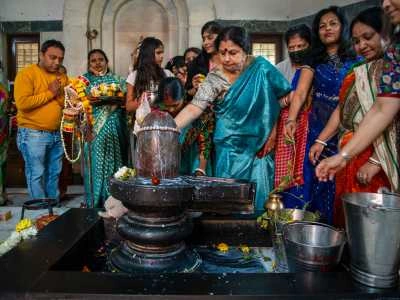
Observing Maha Shivaratri 2026 involves a series of rituals to please Lord Shiva and seek his blessings:

Many devotees observe a strict fast or Nirjala Vrat (without food or water) throughout the day and night. Some opt for a Phalahar fast, consuming only fruits and milk. Fasting signifies the control of desires and attachment, leading to spiritual upliftment.
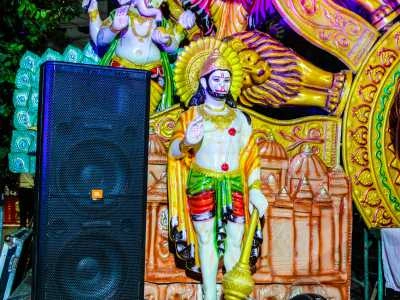
Keeping vigil all night is a vital ritual of Shiva Shivaratri. Devotees chant hymns and Shiva mantras such as the “Maha Mrityunjaya Mantra,” and sing bhajans to glorify Lord Shiva. The Jagran is symbolic of overcoming darkness (ignorance) and staying awake in consciousness.
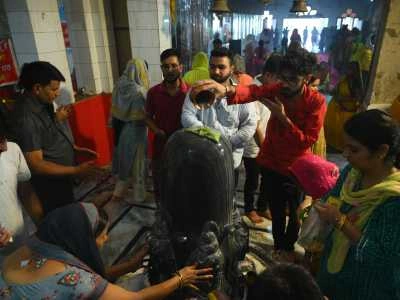
The Shiva Lingam is bathed with milk, honey, curd, ghee, sugar, and water. Each element holds symbolic meaning – milk for purity, honey for sweetness, curd for prosperity, ghee for strength, and water for calmness. Abhishekam is often performed every prahar during Maha Shivaratri 2026.
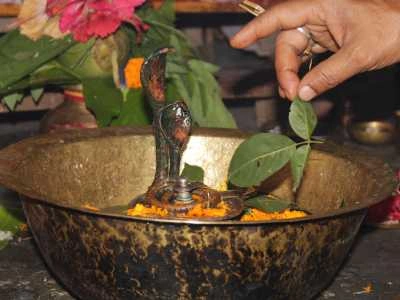
Bilva or Bael leaves are considered sacred and are an essential offering to Lord Shiva during Maha Shivaratri. A trifoliate Bilva leaf symbolizes the three eyes of Shiva and the triad of creation, preservation, and destruction.
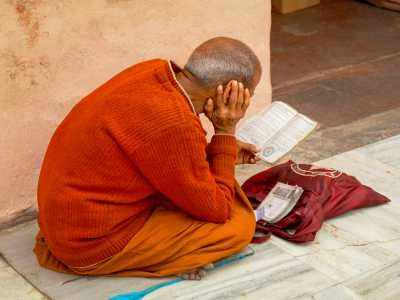
Devotees recite the Shiva Purana and other sacred texts that narrate the greatness and stories of Lord Shiva. Storytelling and reading scriptures during Maha Shivaratri pooja timings purify the mind and heart.

Mantras like “Om Namah Shivaya” are chanted 108 times or more to invoke divine energy and blessings. Chanting elevates the mind into higher states of consciousness.
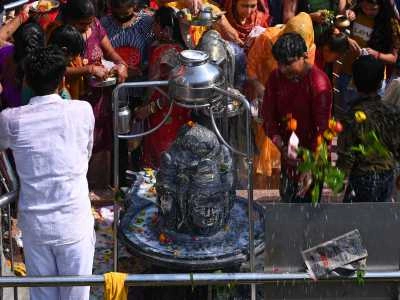
The significance of Maha Shivaratri 2026 extends beyond mere ritual observance. According to Hindu mythology, this night is when Lord Shiva consumed the deadly poison Halahala to save the universe during Samudra Manthan (churning of the ocean). Thus, Shiva Shivaratri symbolizes self-sacrifice and protection.
For spiritual seekers, this night is a gateway to transcendental consciousness and enlightenment. Yogis and sages believe that planetary positions during Shivratri timing are highly conducive for meditation and spiritual awakening.
Married women pray for the well-being and longevity of their husbands, while unmarried girls seek a divine partner like Lord Shiva. Farmers, students, and traders also perform special prayers during Maha Shivaratri 2026 to invoke Lord Shiva’s blessings for prosperity and peace.
You can celebrate Maha Shivaratri 2026 from the comfort of your home by following simple rituals:
One of the grandest Shiva Shivaratri celebrations takes place in Varanasi. Devotees throng the Kashi Vishwanath Temple and perform rituals throughout the night. The ghats of Varanasi are illuminated with lamps, and processions of Lord Shiva idols take place.
Mahakaleshwar Jyotirlinga in Ujjain sees thousands of devotees participating in the Bhasma Aarti, a unique and ancient ritual where Lord Shiva’s idol is bathed in sacred ash. This tradition represents the eternal truth of life and death.
The ghats of Rishikesh and Haridwar light up with Ganga Aarti, and devotees take holy dips in the river before performing puja. Spiritual talks, meditation sessions, and all-night satsangs are held to mark the occasion.
The Annamalaiyar Temple in Tiruvannamalai celebrates Maha Shivaratri by lighting the massive Mahadeepam atop Annamalai hill. Lakhs of devotees walk the Girivalam path around the hill as part of their vows.
In the Kashmir Valley, Maha Shivaratri is known as “Herath.” Kashmiri Pandits perform special pujas at home with elaborate rituals, emphasizing purity and devotion.

Observing fast on Maha Shivaratri 2026 detoxifies the body, while chanting and meditation bring mental clarity. The cosmic energy shift during this time enhances concentration, improves emotional balance, and strengthens spiritual resolve. Staying awake all night symbolizes vigilance of the soul and awareness in life.
Scientific studies have shown that meditative practices on Shivratri timing help reduce stress, regulate sleep cycles, and improve heart health, affirming the festival’s holistic benefits.
In Nepal, Pashupatinath Temple witnesses grand festivities as thousands of pilgrims gather to honor Lord Shiva. In Mauritius, Fiji, and Trinidad & Tobago, Hindu communities observe the Maha Shivaratri 2026 date with devotion, showcasing the festival’s universal appeal.
Maha Shivaratri 2026 is a divine opportunity to connect with Lord Shiva’s energies and seek blessings for inner peace, prosperity, and spiritual growth. Remember the Maha Shivaratri 2026 date – February 17, 2026 – and follow the correct Maha Shivaratri pooja timings to make your celebrations spiritually rewarding. Whether you are observing fast, visiting temples, or performing rituals at home, this sacred night promises a transformation in consciousness and a deeper understanding of life’s mysteries.
Celebrate Maha Shivaratri 2026 with devotion, discipline, and spiritual fervor to invoke the blessings of Lord Shiva and usher in harmony, wisdom, and eternal bliss in your life.
Every spring, as the chill of winter fades and the warmth of the sun fills the air, India transforms into a living canvas of colors,...
A celebration of Indian dance forms, the Khajuraho dance festival is a week-long extravaganza highly anticipated by dance lovers all over the world. The festival...
Bright colors and joy are what come to my mind when I think of Holi, the vivacious and high-spirited festival in India. It’s a celebration...
You are one step closer to having the best journey of your lifetime! Talk to us, write to us all that you have envisioned for your India trip, and one of our travel experts will connect with you on priority. To help you explicitly we have WhatsApp and Email addresses!